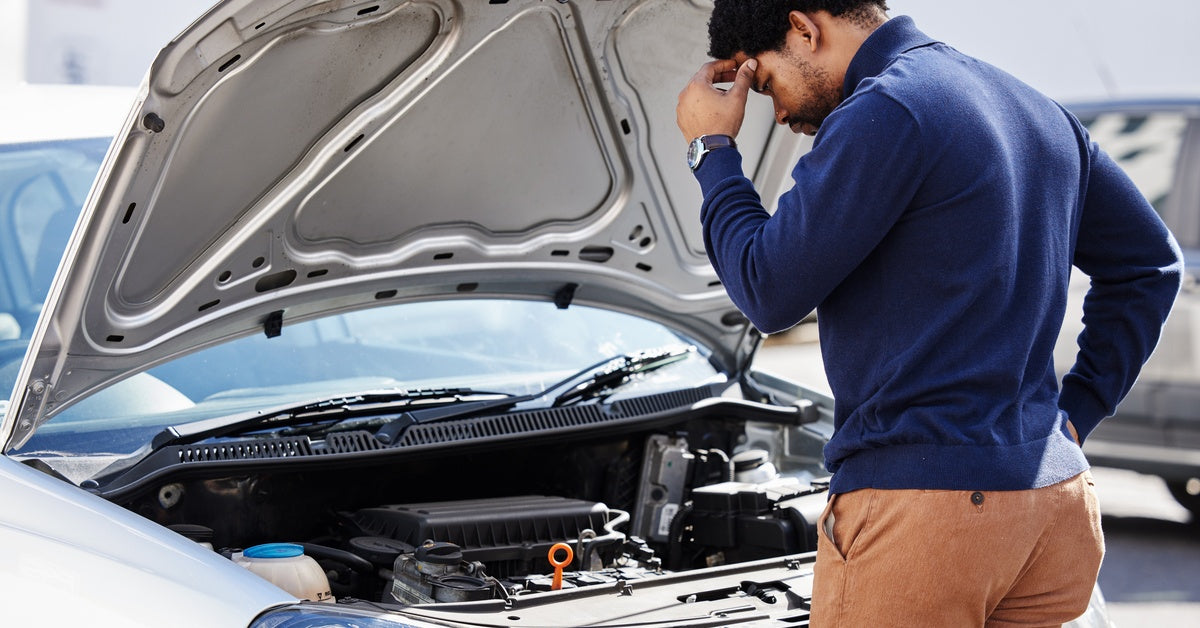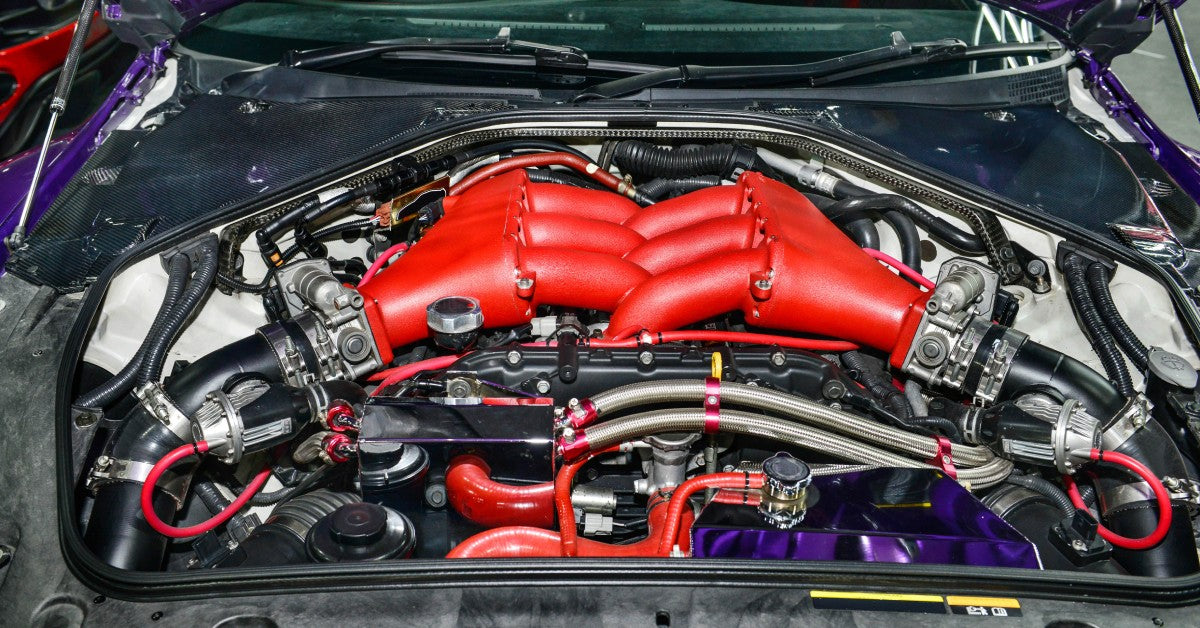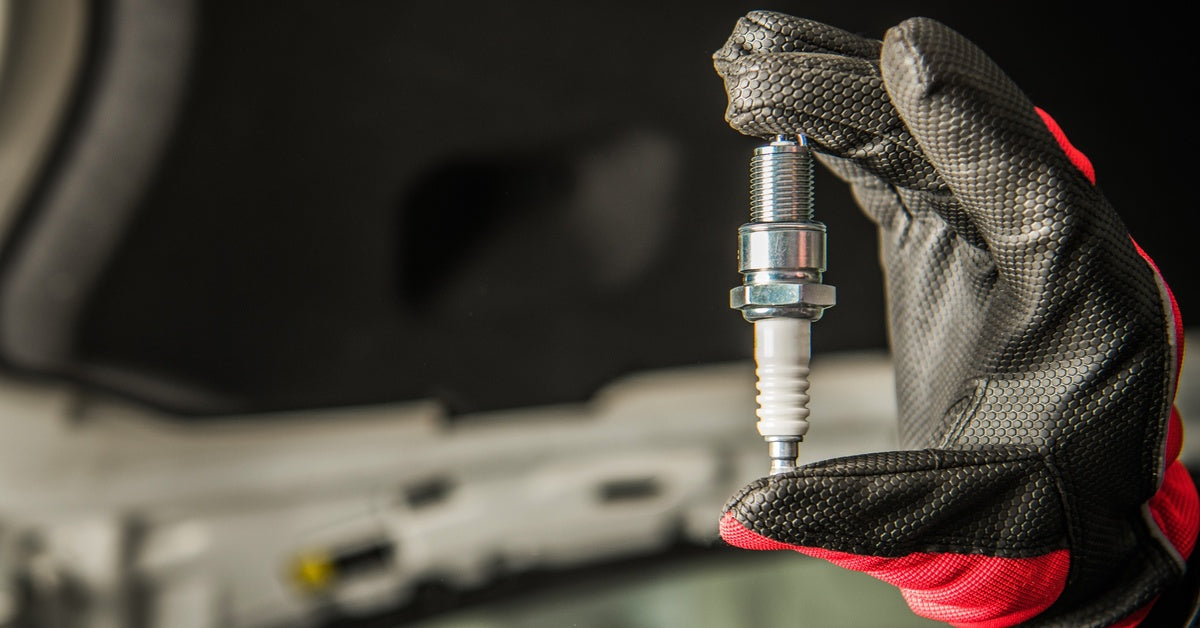
NASCAR recently announced that damaged racecars will not be permitted to return to the track this season. That is unless repairs can be made in the pit within a very tight window. Beginning with the Daytona 500 the new rule states that a vehicle with extensive damage must return to the garage for repairs and will not be allowed back onto the track. The only exception is damage which can be fixed within five minutes on pit road.
The extent of the damage and the allowable repairs are clearly outlined. "Body repairs are limited to the removal or reattachment of original parts with fasteners and tape." "New or previously unused body panels are not permitted." "Rods and supports may be used to reinforce original panels." The goal of the new regulation is to prevent severely damaged cars from returning to the race and creating a safety hazard for other teams.
Another announcement has been long in coming and a delight to drivers. NASCAR will now have a traveling safety crew beginning this season. This will provide a consistent medical staff, which will greatly cut down on serious injuries. American Medical Response will be providing the medical services, including on-site physicians and pharmaceuticals. Until now NASCAR has relied on local EMT and medical crews at its races.
"This partnership further strengthens NASCAR's medical response capability, making our well-established, medical response system even better," said Steve O'Donnell, NASCAR executive vice president and chief racing development officer. "AMR is a leader in the emergency services sector, and its doctors and paramedics add another layer of expertise to the immediate response team."
These are just two of the many changes coming to NASCAR this year. Spectators at the Daytona 500 will also experience an entirely new style of racing consisting of 3 separate races each with the potential to earn points and push teams up in the rankings.







